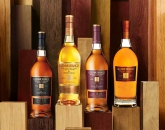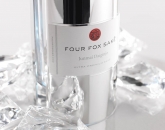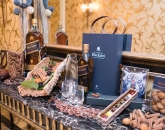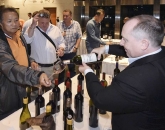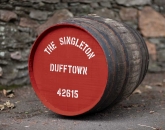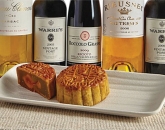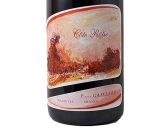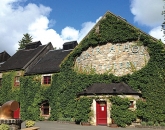
Coined in the 1980s to describe a red wine from Tuscany, Super Tuscan differentiated itself from Chianti by using non-native Italian grape varieties.
It all started after the Second World War. Chianti at that time was cheap, drinkable and people were knocking it back around the world without thinking anything of it. The war is over! Salute!
But winemakers jumped on the viticultural bandwagon and started making Chianti with any grape they could lay their hands on, including the rather dull grape-next-door, Trebbiano. Soon after, Chianti became weedy, acidic and hollow and was sometimes even made from poor quality Sangiovese vine clones, which was a bit like drinking sour, red coloured water.
Not wanting to curb the worldwide demand for Chianti - it came in rather fetching straw-encased bottles and it meant drinkers from less sunnier climes could have a bottle on the table and fancy themselves in some Tuscan villa - the savvier wine makers continued on doggedly.
Nobody more so, perhaps, than the Marquis Incida della Rocchetta, owner of the now-iconic Tenuta Guido in Bolgheri, who rather rakishly produced a wine that flaunted every rule in the book: Sassicaia.
Grown in an extremely untraditional coastal area of Tuscany, Sassicaia was made from French imported Cabernet Sauvignon grapes and aged in defiantly non-Italian French barriques. Everyone else made do with Slovenian oak or heavens, plain old chestnut casks.
By the 1960s, the Marquis’ techniques were immeasurably improved and lo, the wine was awesome. Despite minimal quantities, another winemaker, Piero Antinori (who turned out to be a relative) latched on and thus, Sassicaia became the model for Tignanello, a powerful, voluptuous blend of 80% Sangiovese, 15% Cabernet Sauvignon and 5% Cabernet Franc.
Antinori owned a winery in the historic Chianti Classico region and his Tignanello also had no addition of the dreaded white grapes - predominantly using Sangiovese instead until faithful Cab Sauv was added a little later.
As Antinori and the Marquis raked it in (as much was possible in post-war Italy), other winemakers took notice and they too started using refined wine making techniques, quality vines and consequentially, produced juicier, meatier Cabernet Sauvignon and Sangiovese blends.


